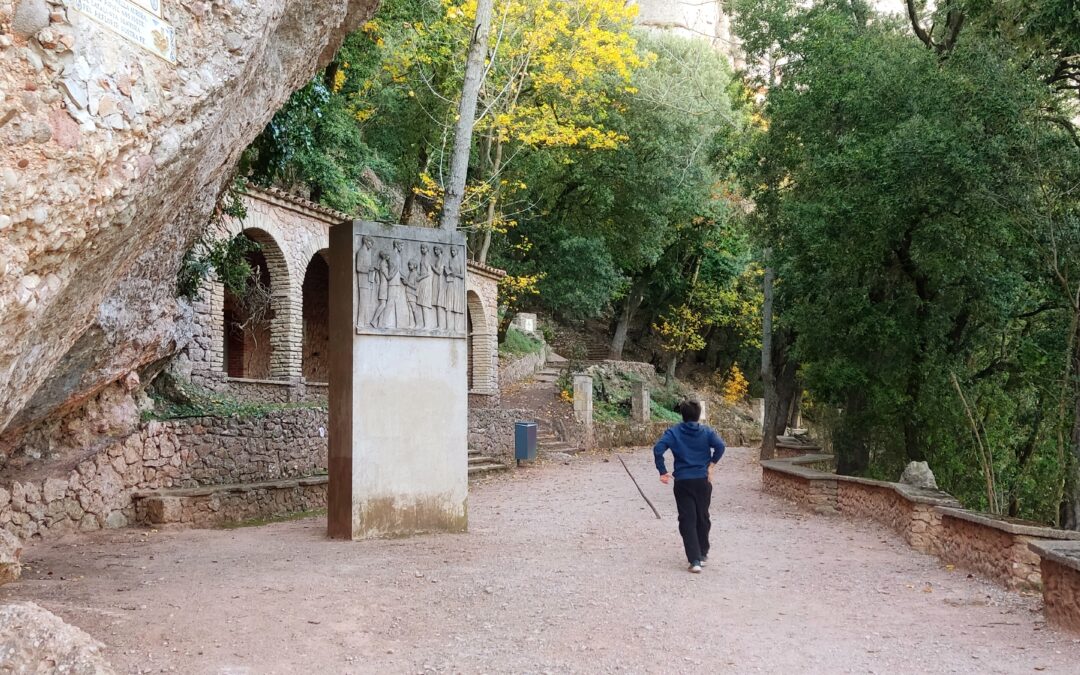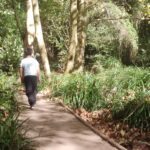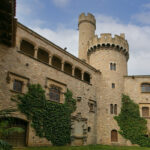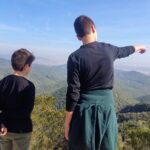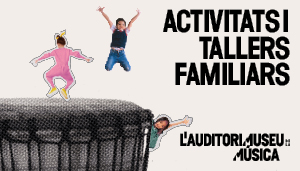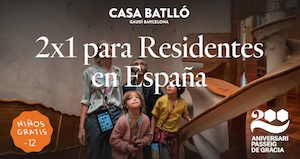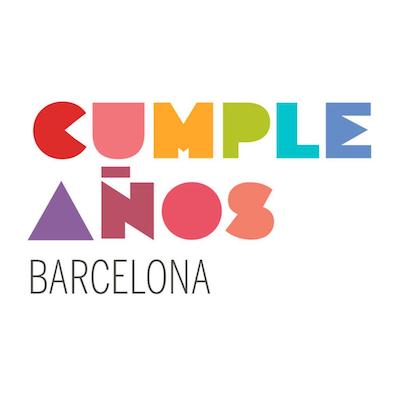The following routes are located approximately one hour (or less) by car from Barcelona. They vary in difficulty and distance. Some are very easy and suitable for families with very young children (for example, the Degotalls Path in Montserrat or the Torrent de Colobrers in Sabadell). Others are more challenging due to steeper terrain. Additionally, a couple of these outings require prior reservations as they are guided: the Castle of Eramprunyà (free visit) and the Artistic Forest of Ernest Borràs (reservation required, with a fee).
10 HIKES ONE HOUR FROM BARCELONA (OR LESS)
1. EASY HIKE IN COLLSEROLA: LA FONT DE LA BUDELLERA
Find all the details of this route here: La Font de la Budellera.
The hike to La Font de la Budellera in Collserola is easy and located very close to Barcelona’s city center. It’s nestled in the shade of Tibidabo and near Vallvidrera. One of the biggest advantages, aside from its simplicity and proximity, is that it’s accessible via public transport (FFCC).
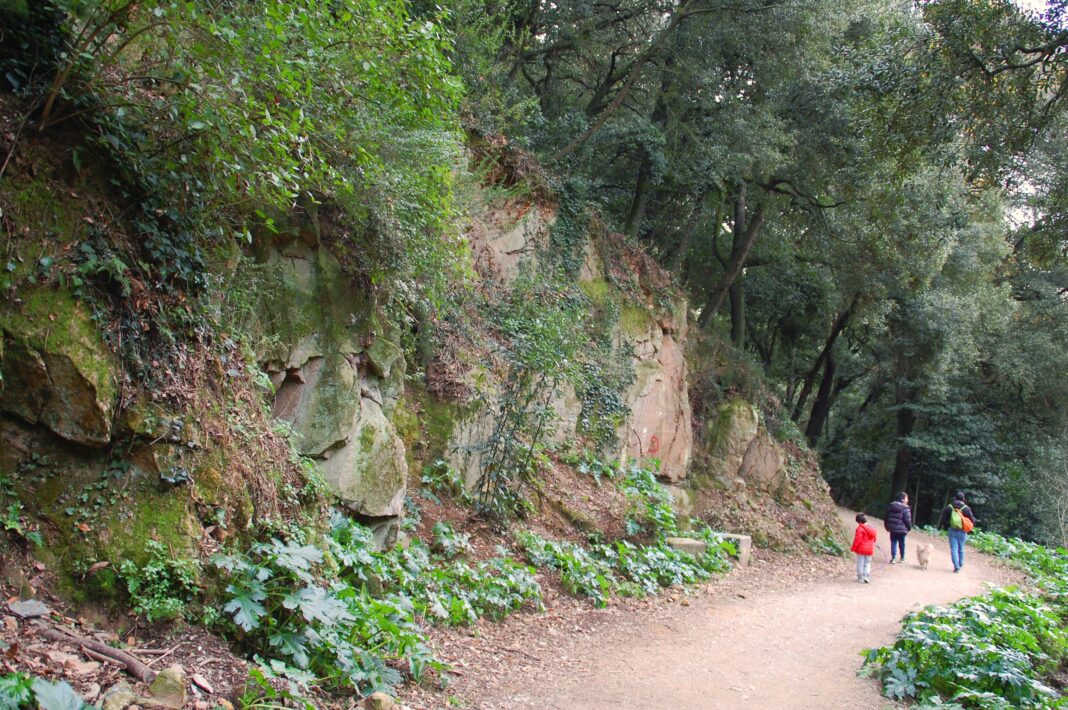
The Collserola Natural Park website outlines several hiking and biking routes in the area. To reach the fountain, the suggested route starts at the Interpretation Center and ends at the Santa Maria de Vallvidrera Recreation Area. The entire trail is 5 kilometers long, rated medium difficulty, and takes approximately 1 hour and 25 minutes. You can read more about our experience here.
2. FOR LITTLE ADVENTURERS: LA ROCA FORADADA AND THE CAVE OF BRUGUERS (El Garraf)
Discover all the route details here.
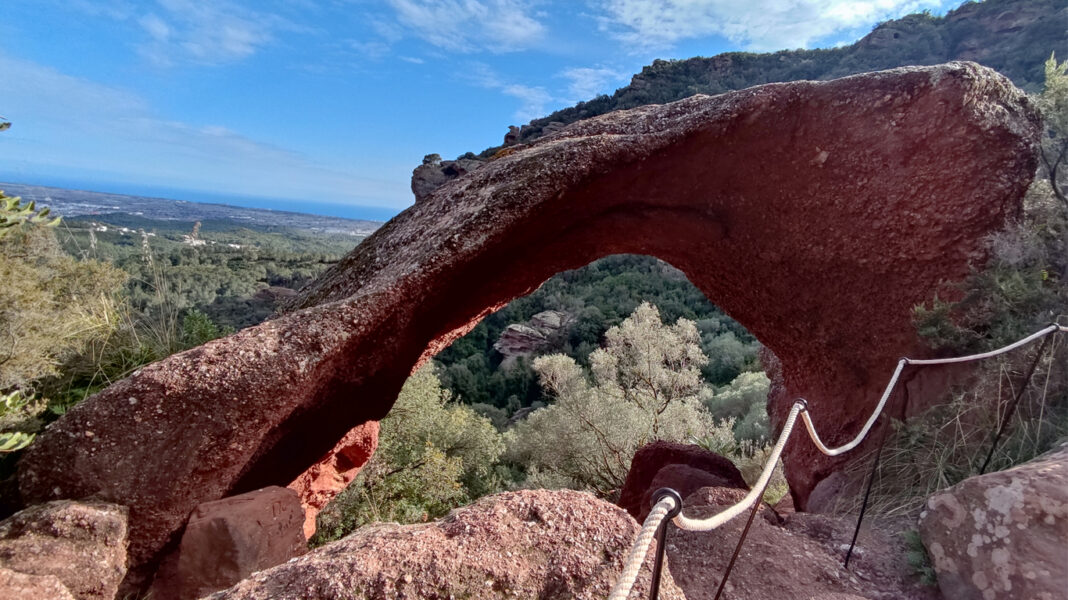
Between Gavà and Begues lies the Bruguers Hermitage, the starting point of a spectacular hike through a red, rocky landscape. It’s about a 30-minute drive (note that the road from Gavà to the hermitage has several curves). Parking is available close to the hermitage.
This route is not suitable for strollers or for children unaccustomed to walking. The trail begins with a rocky, steep section. The destination of this hike is the Cave of Bruguers. Reaching this cave is the most challenging part of the excursion, and I wouldn’t recommend it for families with very young children. There’s a section with such a steep incline that a rope has been installed to assist with the descent.
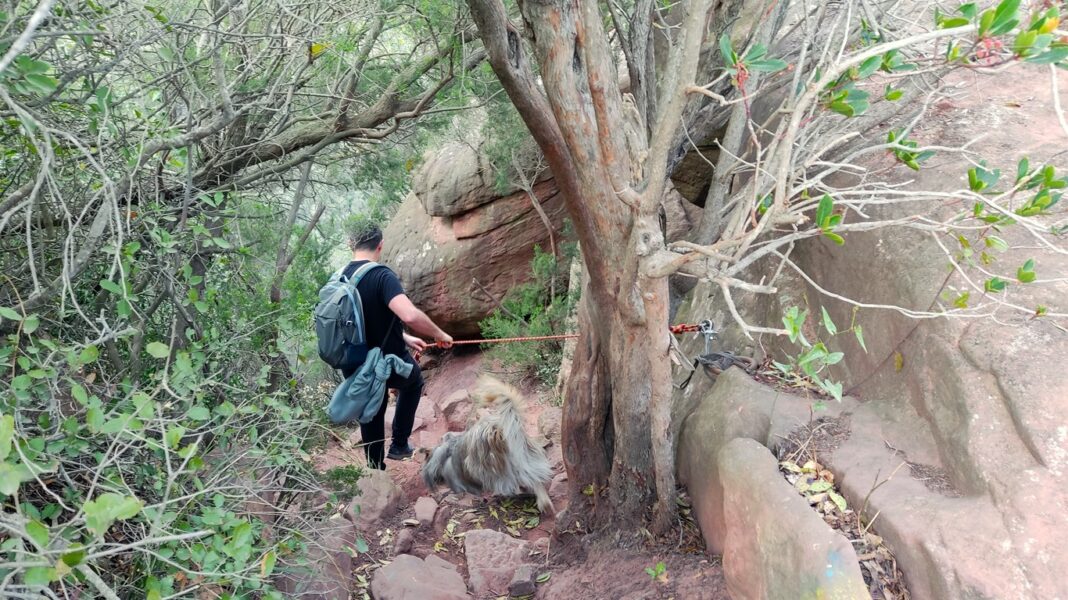
If this isn’t a deal-breaker, I highly recommend this hike. The landscape is stunning, and the cave, while small, is charming. Find all the route details here.
3. HIKE TO THE CASTLE OF ERAMPRUNYÀ (El Garraf)
Find all the details about the hike here: Visit to Castell de Eramprunyà.
The Bruguers Hermitage is also the starting point for another fascinating hike leading to the Castle of Eramprunyà.
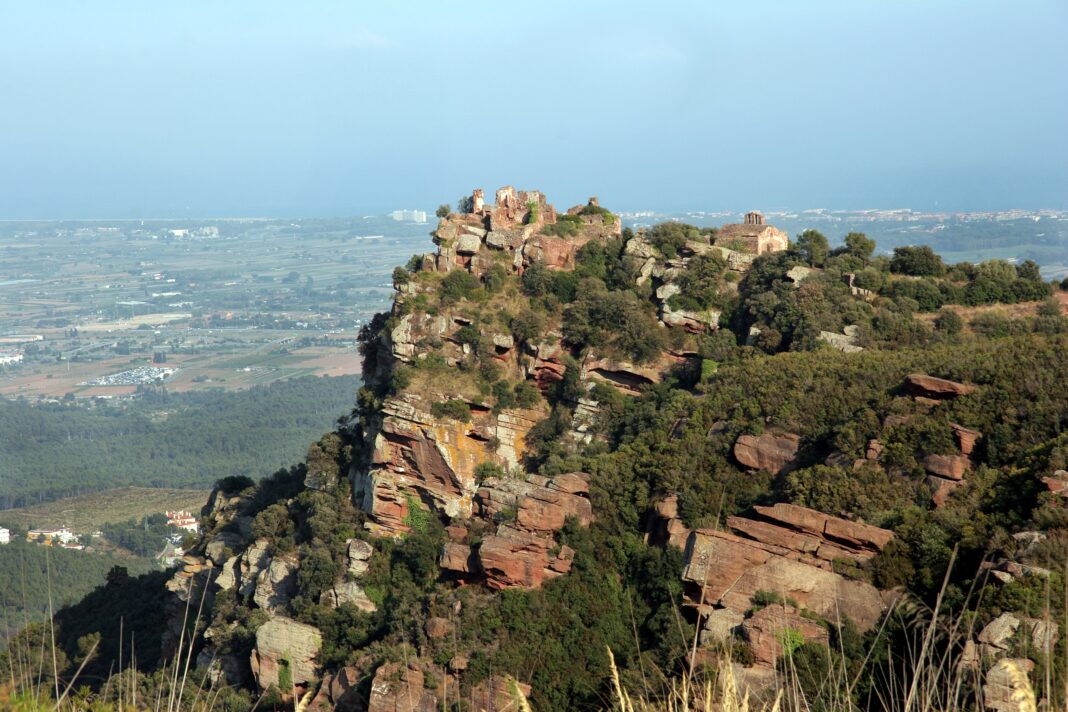
A significant part of this route overlaps with the previous one, so you’ll also pass by La Roca Foradada. Access to the castle is only possible through a guided tour (free of charge), held on the second Sunday of each month (except during the summer). Prior registration is required through the Gavà Museum.
Although not overly difficult (we’ve done it with kids), the terrain is rocky, and there is a climb, as the castle is perched atop a rocky hill. Therefore, it’s not the best option for families with very young children unaccustomed to mountain hikes. Otherwise, it’s an excellent choice, as the castle is situated in a privileged spot in the Garraf Natural Park, rich in geological and botanical diversity. The views are stunning.
Find all the details about the hike here: Visit to Castell de Eramprunyà.
4. THE “ELS DEGOTALLS” PATH IN MONTSERRAT (BAGES)
The Monastery of Montserrat is not only a vital spiritual center but also an excellent starting point for hikes through its unique and beautiful landscape.
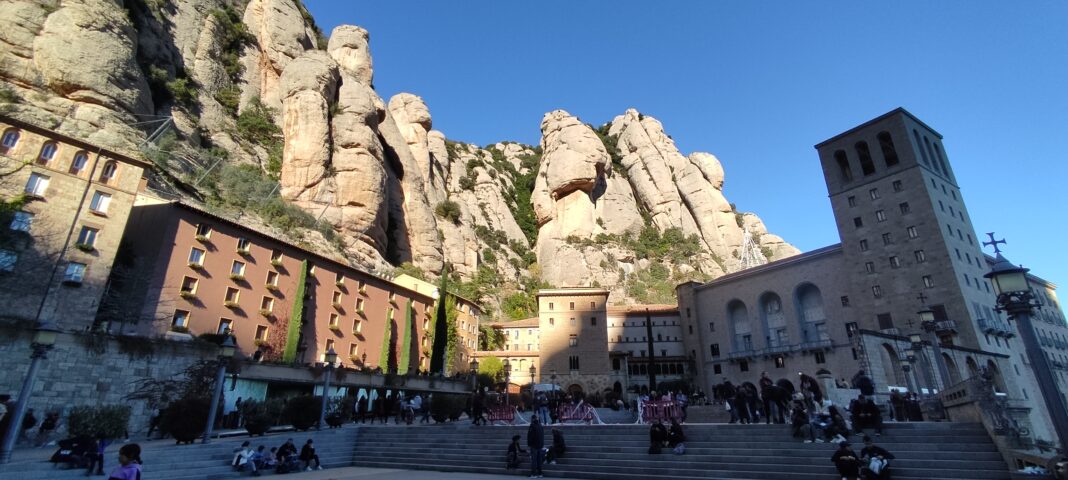
One such hike is the “Camí dels Degotalls.” The trailhead is marked right in front of the Montserrat Buffet. This is an incredibly easy route along a wide path with no elevation gain, spanning about 3.5 kilometers round trip. The entire hike takes less than an hour.
Soon, you’ll be able to read about our experience in Montserrat and learn more about this trail.
5. TORRENT DE COLOBRERS (Vallès Occidental): STREAM AND FOOTBRIDGES
Find all the route details here: Torrent de Colobrers.
The Torrent de Colobrers in Sabadell winds through a geologically and scenically rich area. It’s a very simple route and can be particularly enjoyable for children due to the many footbridges crossing the stream.
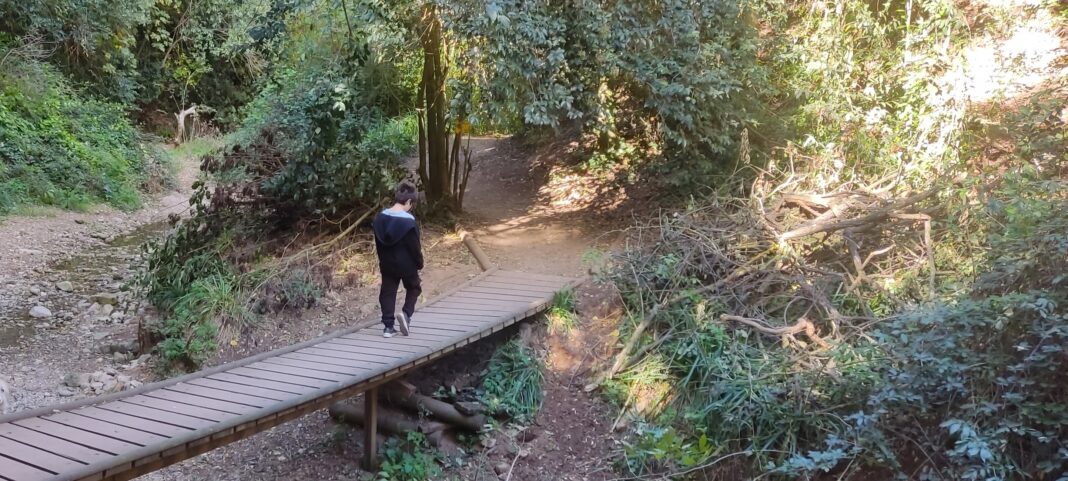
This route is easy, even for families with very young kids, and is located close to Barcelona (about a 30-minute drive, though it’s also accessible by train). In autumn, it’s especially charming due to the vibrant colors of the leaves.
6. VALLCÀRQUERA TREE ROUTE (Vallès Oriental)
Find all the details here: Ruta de los Árboles de Vallcàrquera.
The Vallcàrquera Tree Route is located in Figaró, less than an hour’s drive from Barcelona. Similar to the previous route, water plays a central role here.
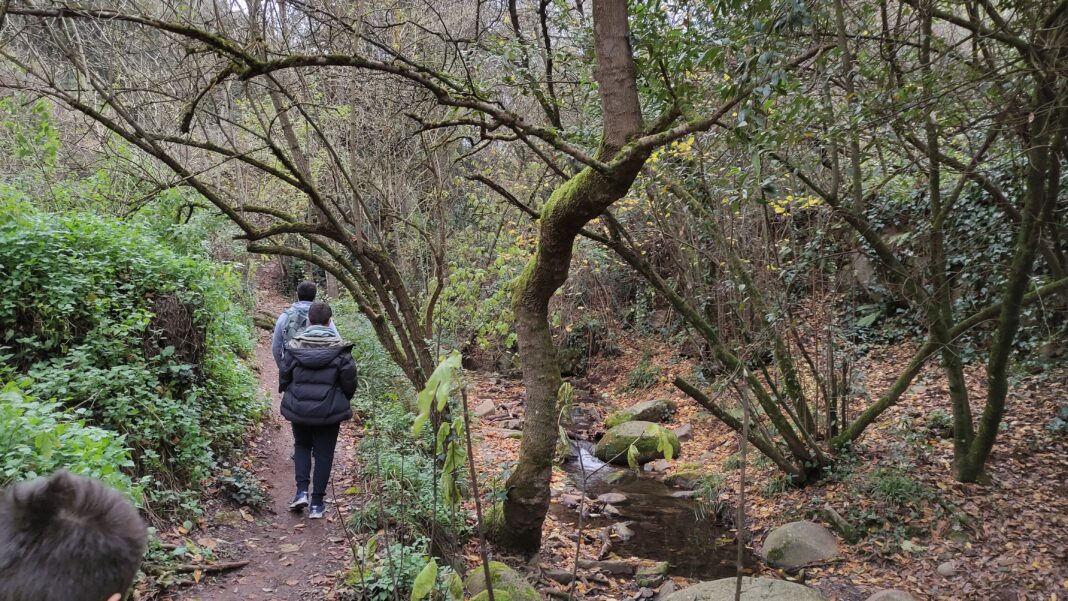
This is an incredibly easy and well-marked trail (indicated in red), making it ideal for families with children of all ages. Before heading out, it’s recommended to download the route from NaturaLocal. The guide provides information about the trees you’ll encounter along the way, including brief descriptions. This can be a great opportunity to learn more about the local flora while engaging kids in identifying different tree species. More information here
7. THE CHESTNUT TREE OF CAN CUCH (Vallès Oriental)
Find all the details here: Ruta del Castaño de Can Cuch.
The Chestnut Tree of Can Cuch is located on the southern slope of the Montseny massif, in the municipality of Cànoves i Samalús (Vallès Oriental). It’s one of Montseny’s most iconic trees, with a circumference of nearly twelve meters and a height of approximately 18 meters. At one point in history, it is said to have served as a home for a charcoal maker.
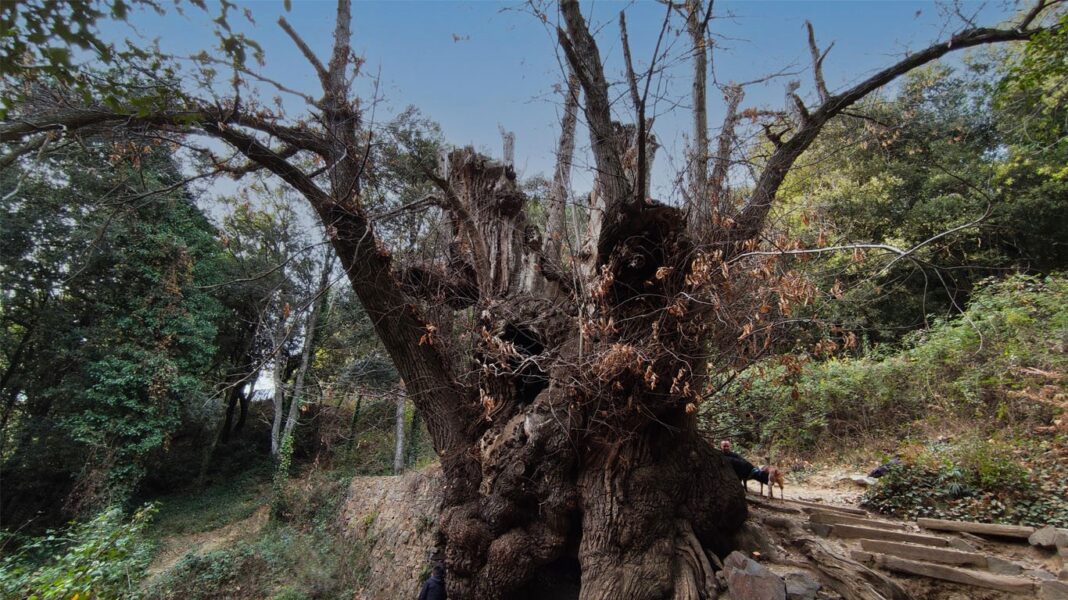
This trail is entertaining due to its varied landscapes and also passes by a reservoir. However, it tends to be quite popular, especially in autumn. More details here
8. MALHIVERN FOREST (Vallès Oriental)
Find all the details about the route here: Bosque de Malhivern.
The Malhivern Forest route is a circular trail of low difficulty, stretching 8.6 km and located in La Garriga (Vallès Oriental). The best starting point is the Visitors’ Center (Centre de Visitants), where all the local trails begin.
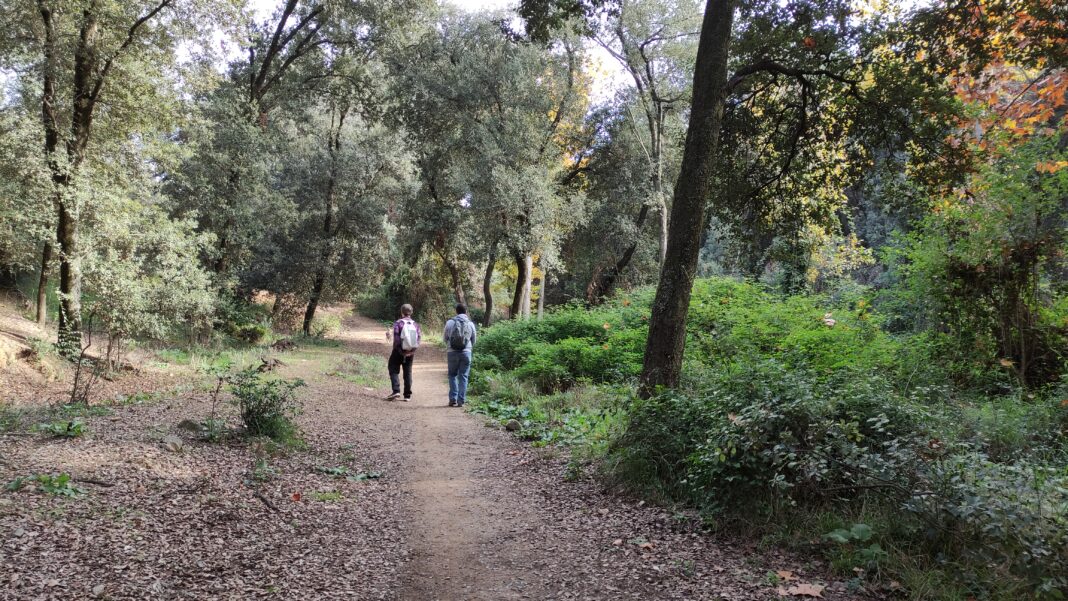
This route offers a stunning variety of landscapes. The forested areas are particularly enchanting in autumn, with golden leaves carpeting the ground. Along the trail, you’ll also pass through cultivated fields, predominantly cereal crops, along with olive trees, vineyards, almond trees, and hazelnut trees.
It’s an easy and enjoyable hike in a town renowned for its beautiful Modernist architecture. More information here.
9. ARTISTIC FOREST OF ERNEST BORRÀS (Maresme)
Find all the details here: Bosque Artístico de Ernest Borràs.
Ernest Borràs, a Catalan artist, musician, and composer, transformed the forest surrounding his property in Dosrius into an open-air museum. Over more than 30 years, he installed sculptures in the forest, creating a unique blend of art and nature. The materials he used include iron, steel, cobblestones, and a variety of recycled items.
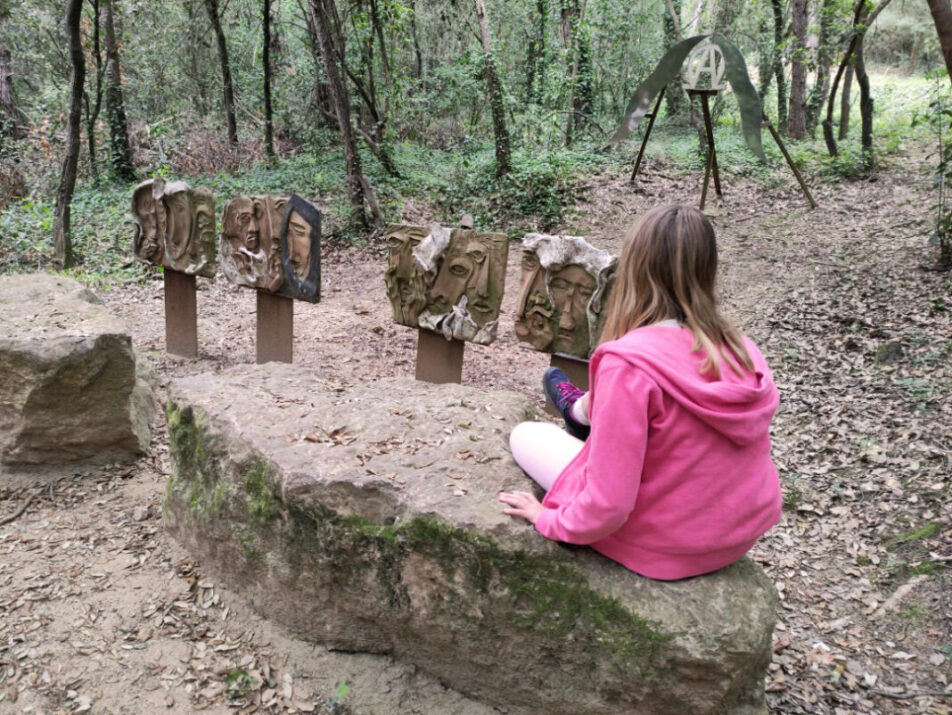
Some of his works can be viewed freely in an accessible part of the forest called Zona de los Retablos. This area requires no payment or reservation. However, to see the complete collection, you’ll need to book a guided activity, which is not free. More information here
10. PARC DELS TALLS (Alt Penedès)
Find all the details here: Parc dels Talls.
This excursion offers a surprisingly spectacular landscape. The trail is a circular route spanning just over 3 kilometers with minimal elevation gain, making it suitable for the whole family. The area is notable for its scenic and geological significance.
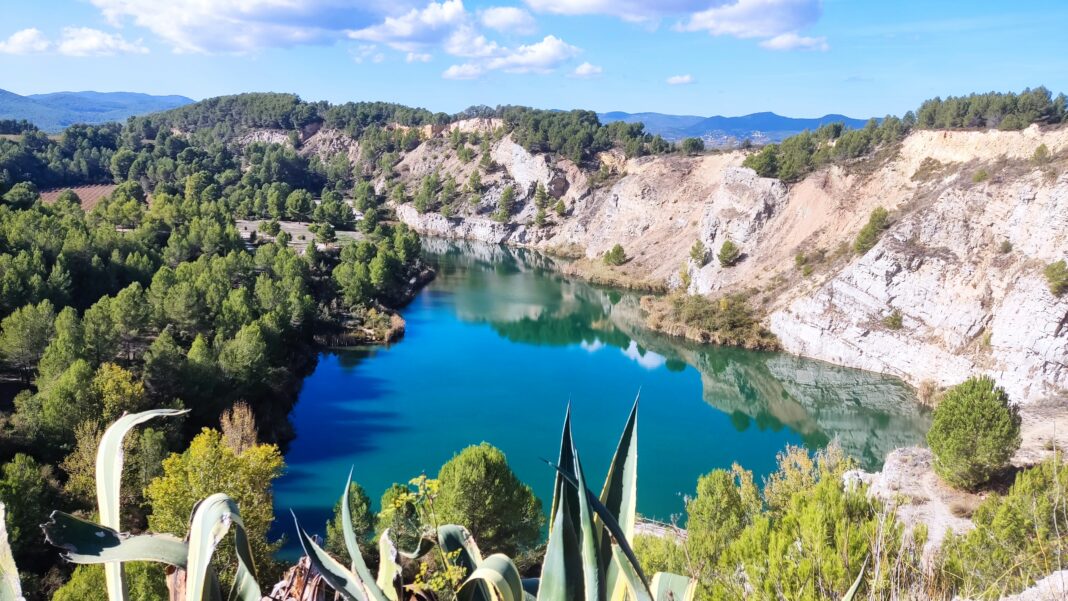
Along the trail, you’ll encounter four lakes (pèlags in Catalan) and a dry one. These pèlags, which are bodies of underground water, are the main highlights of the route. Their crystal-clear water contrasts beautifully with the white stone surroundings. The Pèlag Gran is the most breathtaking and impressive lake. Nearby, there’s a birdwatching viewpoint to enjoy the area’s rich birdlife. More information here


